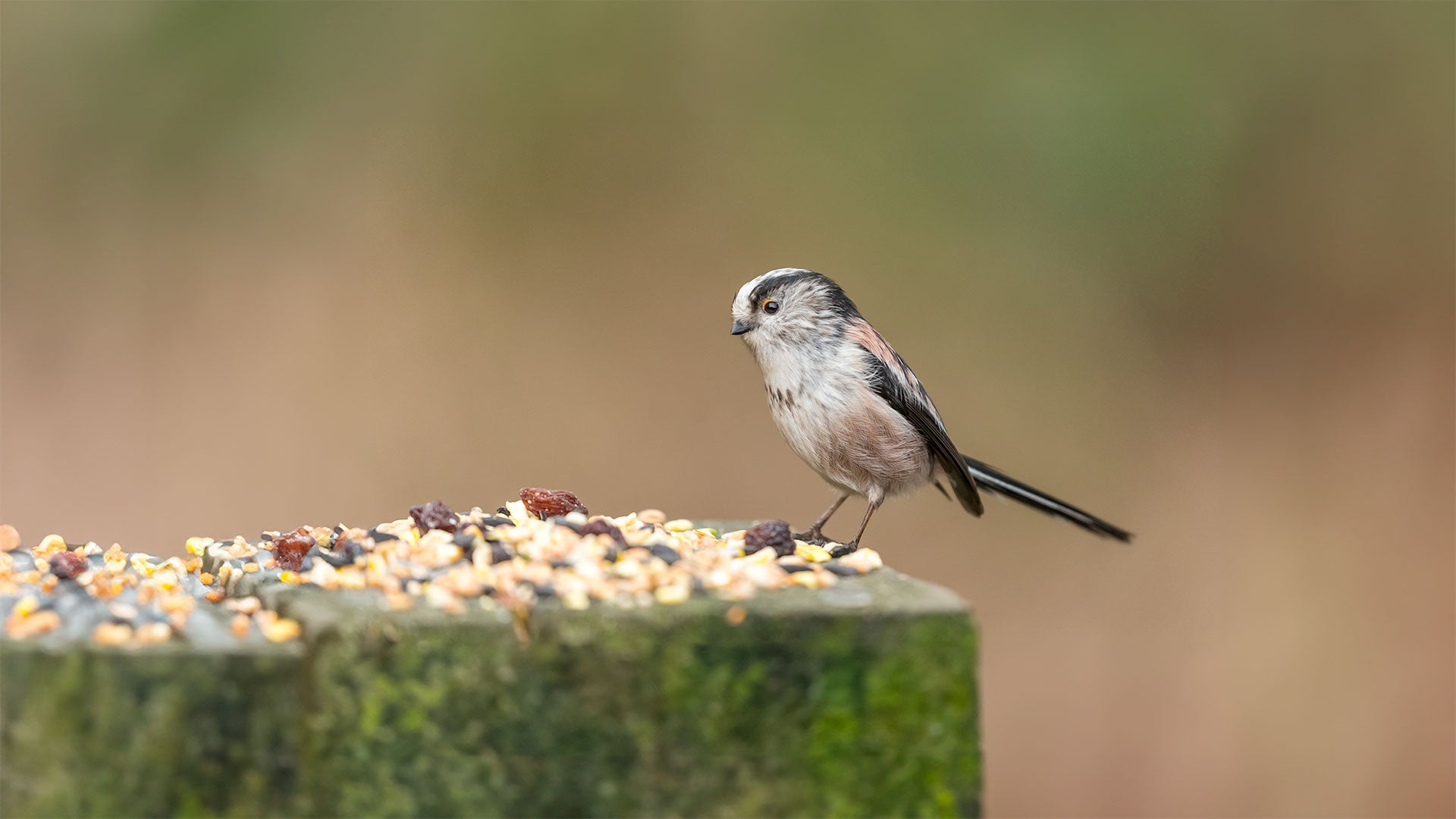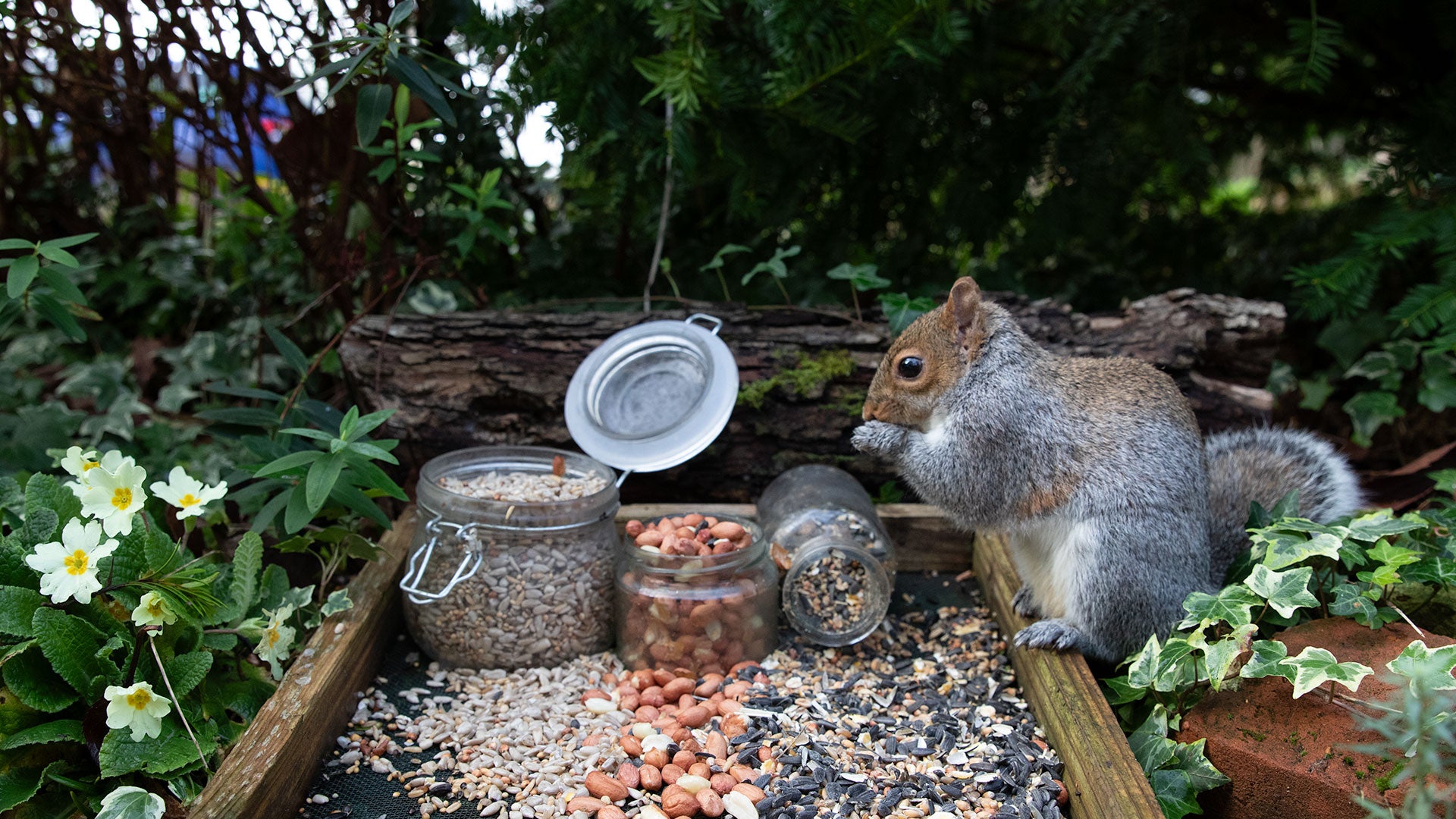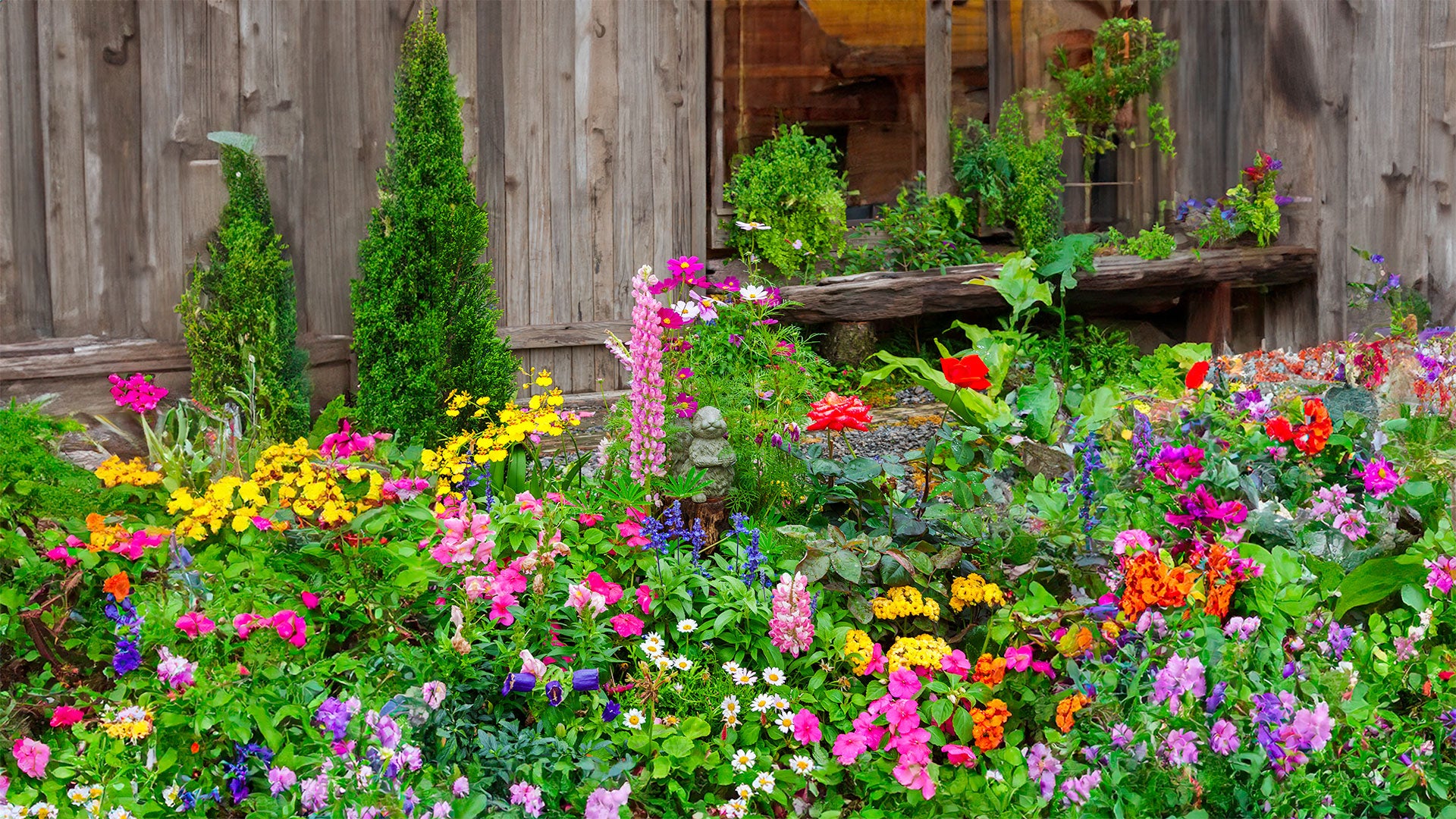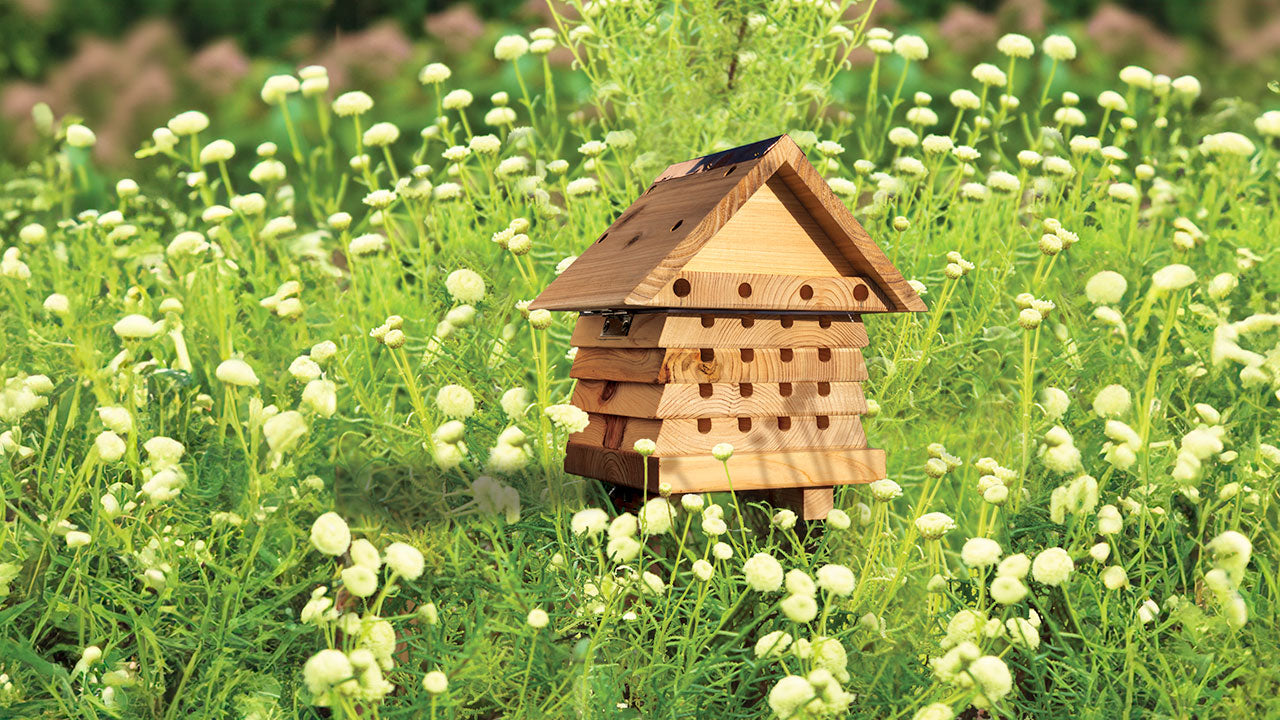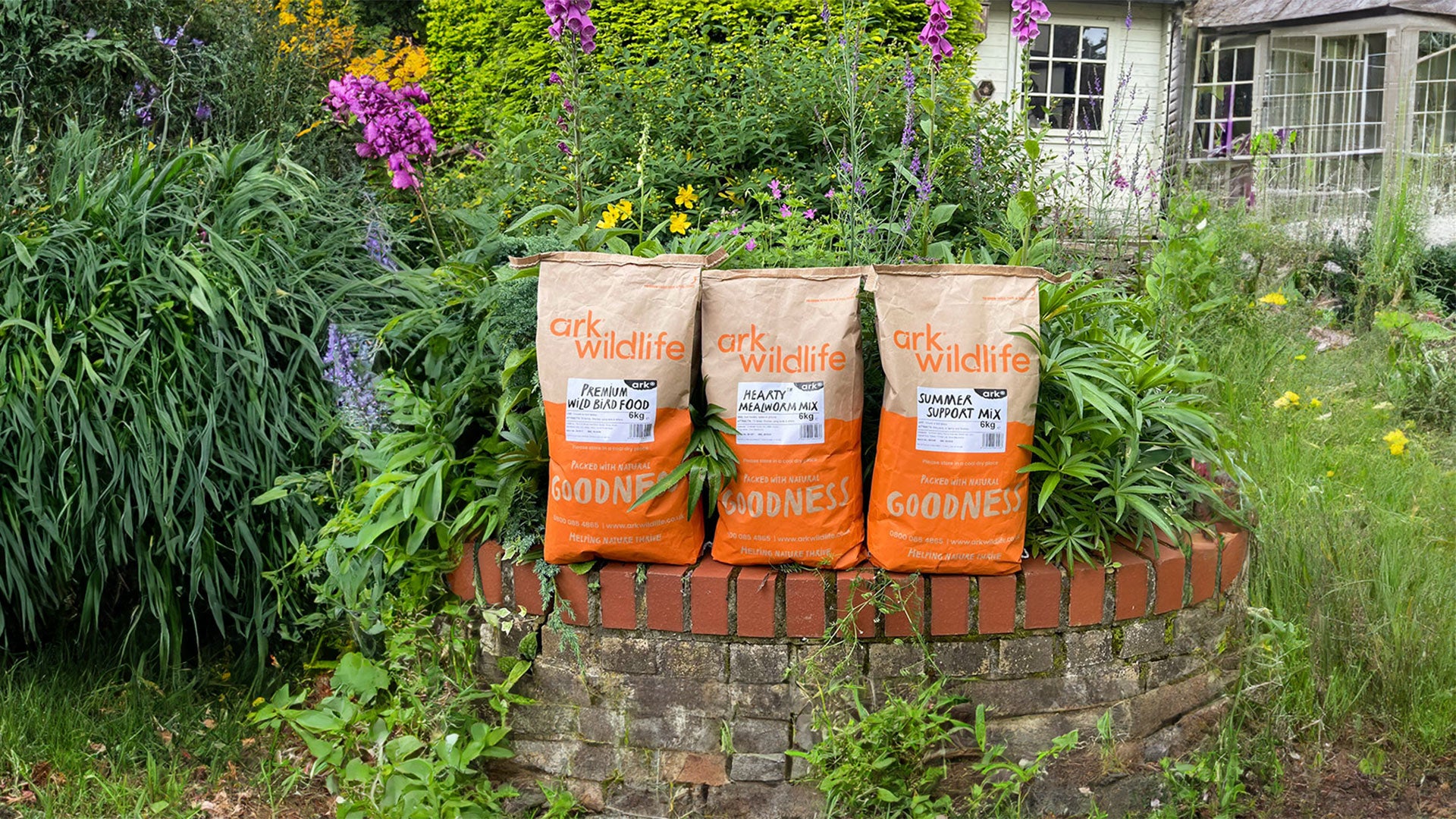What is a butterfly house & what are they for?
A Butterfly House or Butterfly Feeder added to the garden can encourage a wider range of species of butterflies than you may otherwise see.
Butterfly houses are designed to resemble the bark of a tree, with narrow slits within a wooden structure. This structure protects butterflies from predators and harsh weather.
With butterflies under threat, you can do your bit to encourage a healthy ecosystem and environment by putting a butterfly house in your garden. Butterfly houses support and encourage butterflies in your garden by providing them with a safe haven.

The butterfly house also provides a location for you to leave food at, such as an over-ripe banana or some fallen fruit or butterfly food.
How does a butterfly house work?
A butterfly house is a dark, safe area in your garden where butterflies can go to rest, away from predators. Make sure that you include a shallow dish of water nearby so the butterflies can stay hydrated.
Ideally, plant a variety of plants around the butterfly house to attract butterflies to it. You can also add butterfly-friendly plants, such as buddleja, which scents the air with a beautiful fragrance, or wild marjoram, which you can add to pizza, salads or stews!

Do butterflies hibernate in houses?
Yes, butterflies ‘hibernate’ in houses (or rather, go into a state of dormancy during the winter). According to the scientific meaning of the term hibernation, butterflies actually don’t hibernate. But butterflies will choose a dry, dark, cool area to sleep through the winter, like a garage, attic, shed or outhouse. You’re most likely to find small peacock and tortoiseshell butterflies sleeping in your house during the winter months.
What to put in a butterfly house
With numerous butterfly species under threat, placing a butterfly house can make a real difference in sheltering these beautiful, delicate creatures and protecting them from predators. Make sure that your butterfly house contains a piece of bark or a branch for them to land on once they fly inside it, and make a sugar solution to attract them.
From the insect family ‘Lepidptera’, there are nearly 60 butterfly species resident in the UK, along with a few regular visitors flying in from Europe. However, many species require very specialised habitats such as chalk downland or coppiced woodland and are therefore unlikely to appear in our domestic gardens.
Amongst the 10 species most likely to be spotted in UK gardens are the Whites, Red Admiral, Peacock, Comma, and Small Tortoiseshell. With more and more of us creating wildlife friendly areas or carefully planning the planting of flower beds, we not only aid already resident butterflies but attract more of the less common species.

Butterfly populations are recorded because they are considered an ‘indicator species’. This is because their numbers rise and fall rapidly depending on the prevailing climate. Over recent decades their numbers have fallen dramatically although the summer of 2013 did see many species bounce back to safer levels. Charities such as Butterfly Conservation do excellent work monitoring and researching butterfly populations through schemes such as the Big Butterfly Count.
How to attract butterflies to a butterfly house?
Using paint to decorate your butterfly house with bright colours can help to make it stand out and appear attractive to butterflies. In addition, adding natural materials such as bark to the front of it can make it appear more like a natural part of its surroundings.

Make a sugar solution to attract butterflies into the house by mixing one part sugar to four parts water, and bringing it to the boil to completely dissolve the water. Put it in a dish and place a sponge in the solution to help butterflies drink it. Make sure you change this at least once a week.
Where to hang a butterfly house
You should hang your butterfly house in a spot which is both sunny and sheltered, in order to ensure it is visible but protected from the wind where needed. Place it approximately four to six feet above ground level, to keep it out of the way of predators such as cats, and try to put it close to flowers which are rich in nectar (such as lavender) as these will act as an additional source of food for the butterflies.
External sources/references
The Red List of British butterflies
Identify UK garden butterflies
The Big Butterfly Count

